A Trump-Putin meeting has been floated by both sides for some time. So why might either side want it to happen now?
US President Donald Trump wants to bring the force of his personality to bear on forging a deal, believing that six months of intransigence from Moscow might be overcome by meeting the Kremlin head face to face. He seems still to cling to the idea the Kremlin can be cajoled into stopping the war, despite his Russian counterpart recently suggesting the maximalist position that the Russian and Ukrainian people are one, and wherever a Russian soldier steps is Russia.
Russian leader Vladimir Putin wants to buy time, having already rejected a European, US and Ukrainian unconditional ceasefire proposal in May, offering instead two unilateral, short and inconsequential pauses. His forces are surging ahead on the front lines in a summer offensive that might bring him close enough to his goals that negotiations in the fall are over a very different status quo in the war.
If the two men do meet, one apparent American objective is a trilateral summit with Ukrainian President Volodymyr Zelensky to discuss an end to the war – the very summit format Russia rejected in Istanbul in May. The Russian purpose is likely to allow Putin to drag Trump back into the orbit of Moscow’s narrative.
Still, a summit – floated before, delayed before – may happen this time, and it raises the question of how the war might end. Here are five possible scenarios:
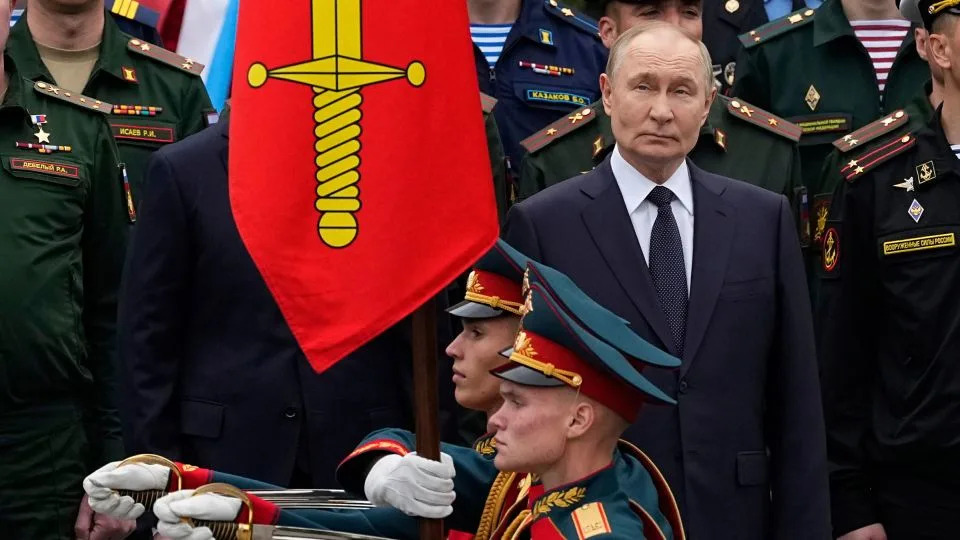
1. Putin agrees to an unconditional ceasefire
Highly unlikely. It’s improbable that Putin would agree to a ceasefire in which the front lines stay as they are – the United States, Europe and Ukraine already demanded such a pause in May, under the threat of sanctions, and Russia rejected it. Trump backed away from sanctions, preferring low-level talks in Istanbul which went nowhere. A 30-day ceasefire earlier this year against energy infrastructure met with limited adherence or success.
The Kremlin is currently turning incremental gains on the front line into strategic advantages and would see no point in stopping this progress now, as it reaches its height. Not even the threat of secondary sanctions against China and India – who appear resistant to US pressure – will change that immediate military calculus for the remainder of the summer. Until October, at least, Putin will want to fight because he is winning.
2. Pragmatism and more talks
The talks could agree on more talks later, that seal in Russian gains when winter sets in, freezing the front lines militarily and literally around October. Putin may have taken the eastern towns of Pokrovsk, Kostiantynivka and Kupiansk by then, giving him a solid position to sit the winter out and regroup. Russia can then fight again in 2026, or use diplomacy to make these gains permanent. Putin might also raise the specter of elections in Ukraine – delayed because of the war, and briefly a Trump talking point – to question the legitimacy of Zelensky and even unseat him for a more pro-Russian candidate.
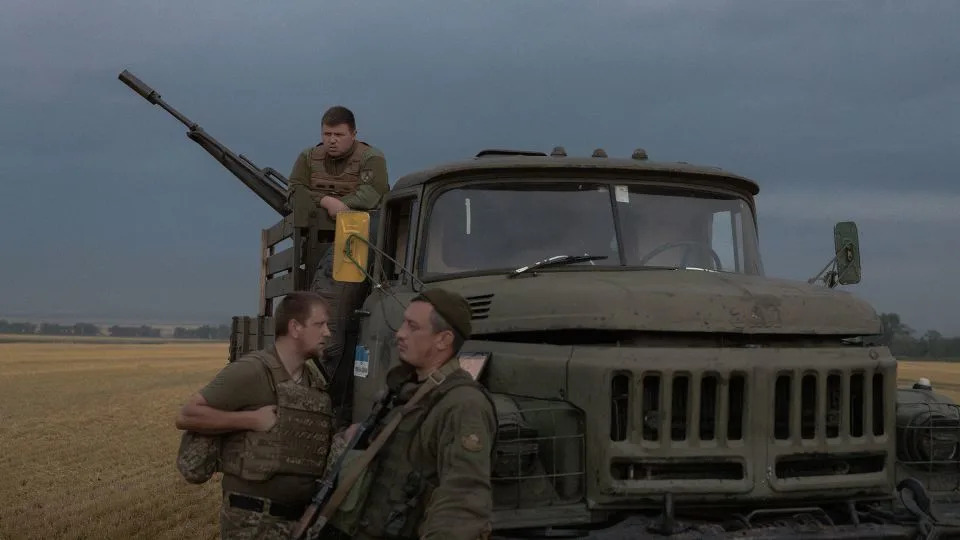
3. Ukraine somehow weathers the two years ahead
In this scenario, US and European military aid to Ukraine helps them minimize concessions on the front line in the coming months, and leads Putin to seek to talk, as his military have yet again failed to deliver. Pokrovsk may fall and other eastern Ukrainian strongholds may be threatened, but Ukraine could see the Russian advance slow, as it has before, and the Kremlin could even feel the bite of sanctions and an overheating economy.
European powers have already formulated advanced plans for a “reassurance force” to be deployed to Ukraine as part of security guarantees. These tens of thousands of European NATO troops could sit around Kyiv and other major cities, providing logistical and intelligence help to Ukraine as it rebuilds, and create a sufficient deterrent that Moscow decides to leave the front lines as they are. This is the very best Ukraine can hope for.
And if Putin does not stop and diplomacy fails? The next options are not as clean:
4. Catastrophe for Ukraine and NATO
Putin could correctly see the cracks in Western unity after a summit with Trump that improves US-Russian relations but leaves Ukraine to fend for itself. Europe could do their utmost to back Kyiv, but fail to tip the balance without American backup. Putin could see small gains in the east of Ukraine transform into the slow rout of Ukrainian forces in the flat, open terrain between the Donbass and the central cities of Dnipro, Zaporizhzhia and the capital. Ukrainian defenses could prove weak, and Kyiv’s military manpower crisis turns into a political disaster when Zelensky demands wider mobilization to prop up the country’s defense.
Kyiv’s safety looks in peril again. Putin’s forces move forwards. Europe’s powers assess it would be better to fight Russia in Ukraine than later inside actual European Union territory. But Europe’s leaders ultimately lack the political mandate to join a war for land inside Ukraine. Putin moves forward. NATO fails to deliver a unified response. This is Europe’s nightmare, but is already the end of a sovereign Ukraine.
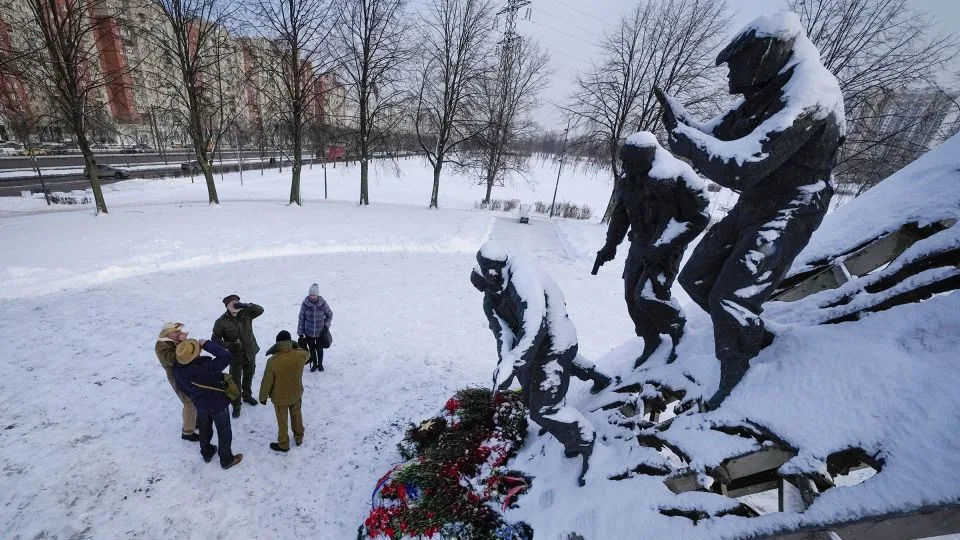
5. Disaster for Putin: a repeat of the Soviets in Afghanistan
Russia could blunder on, expending thousands of soldiers’ lives a week, for relatively small gains, and seeing sanctions erode his alliance with China, and revenue from India. Moscow’s sovereign wealth fund financial reserves could ebb, and its revenues dip. Dissent among the Moscow elite could rise at how the Kremlin has dismissed diplomatic off-ramps in its war of choice, in favor of military doggedness and an unsustainable proxy conflict with NATO. Trump becomes a lame duck, and the US focus after the mid-term elections returns to traditional foreign policy norms of opposing Moscow and its backer Beijing.
In this scenario, the Kremlin could meet a moment where its resistance to the banal inconveniences of reality, and the economic hardship of its own people, turns toxic. Similar poor political calculus sustained the Soviets’ ultimately fruitless occupation of Afghanistan in another war of choice. Similar moments of unexpected Kremlin weakness have already emerged in the Ukraine war, as when Putin’s confidante, Yevgeny Prigozhin, appears to have stumbled into leading a shortlived revolt on the capital.
Putin is strong on the surface, until he appears frail, and then he might be exposed as critically weak. It’s happened before to both an expansionist Soviet Russia, and Putin. The problem with this scenario is it remains the best hope of Western strategists who can neither entertain NATO’s full entry into the war to help Ukraine win, nor Kyiv’s ability to push Moscow back militarily.
None of the options are good for Ukraine. Only one of them spells the actual defeat of Russia as a military power and threat to European security. And none of them can spring from Trump meeting Putin alone, without Ukraine becoming part of any deal later.
For more CNN news and newsletters create an account at CNN.com
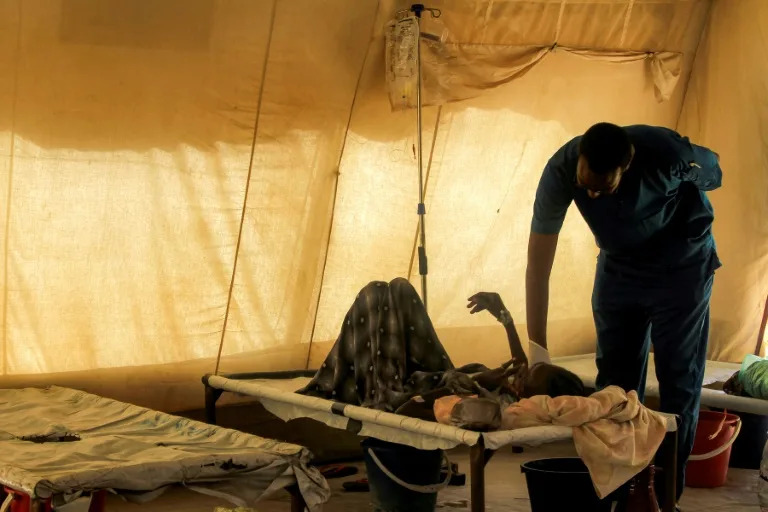

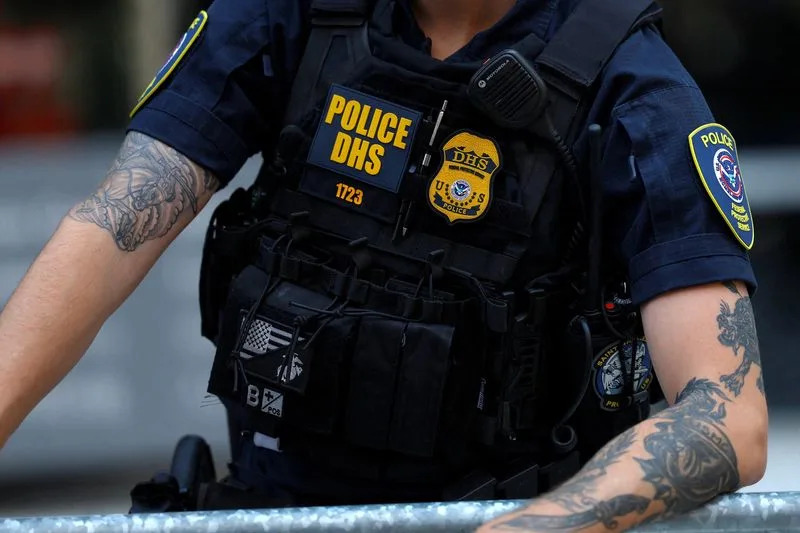
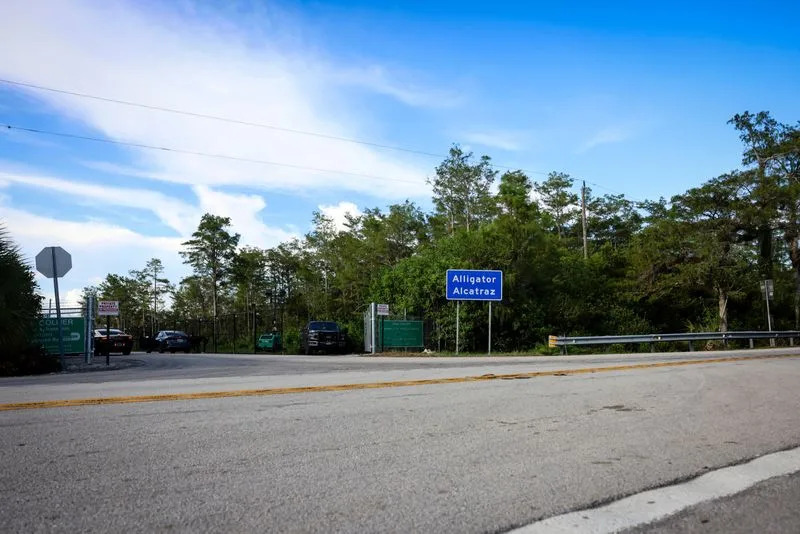
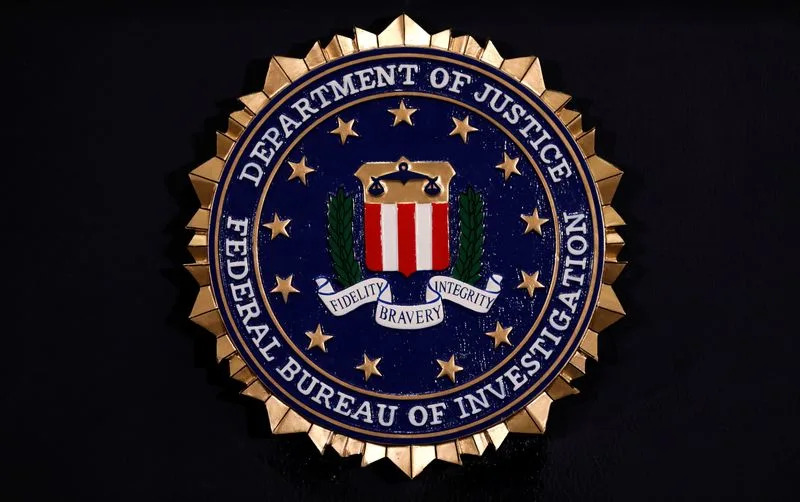

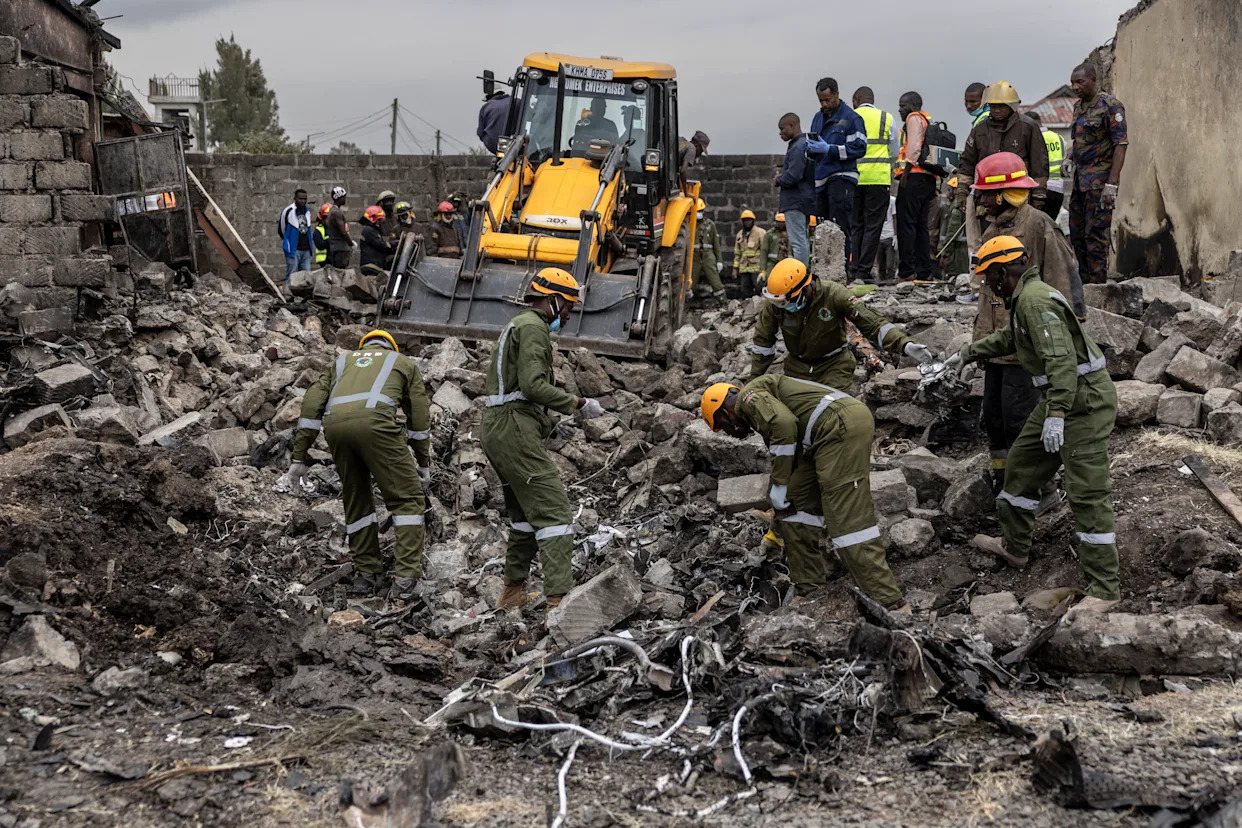

Comments